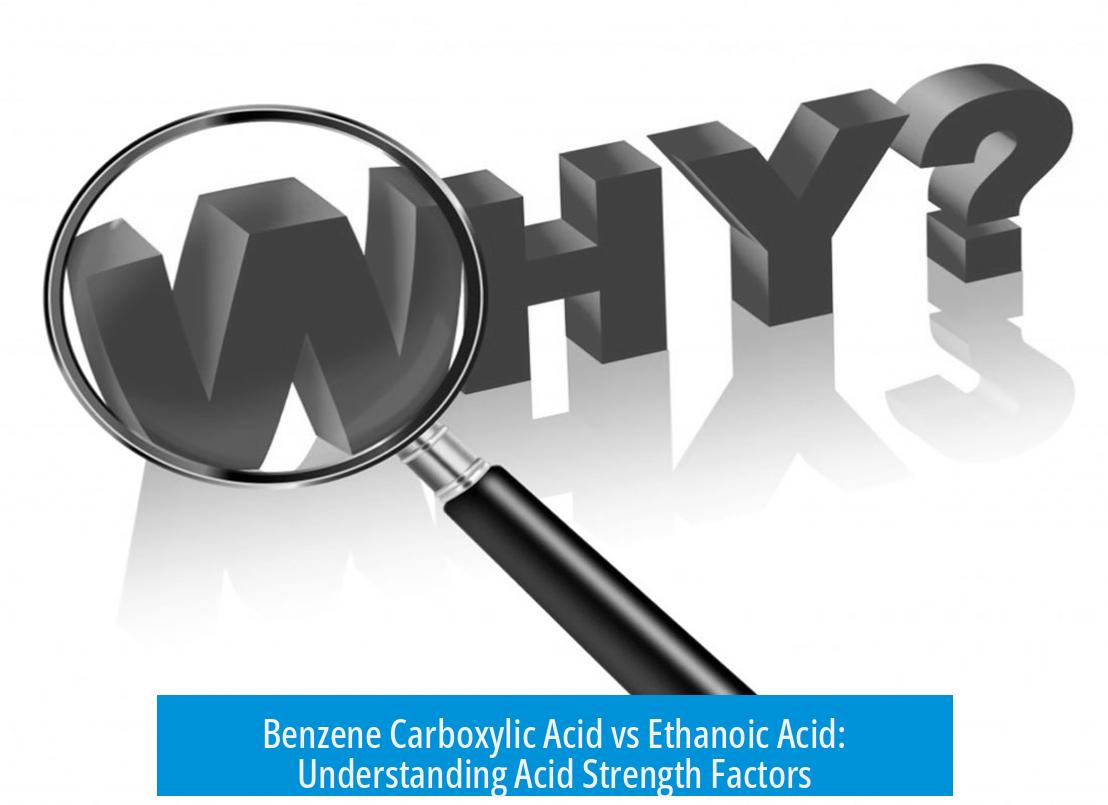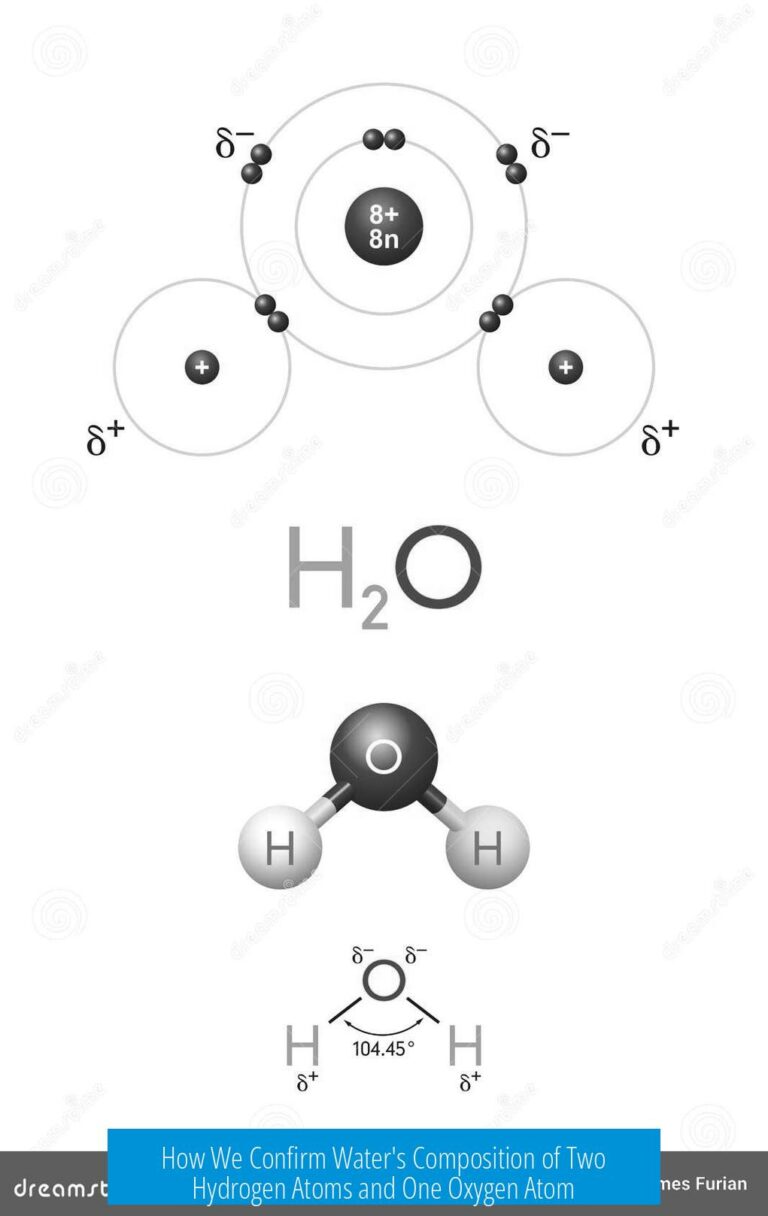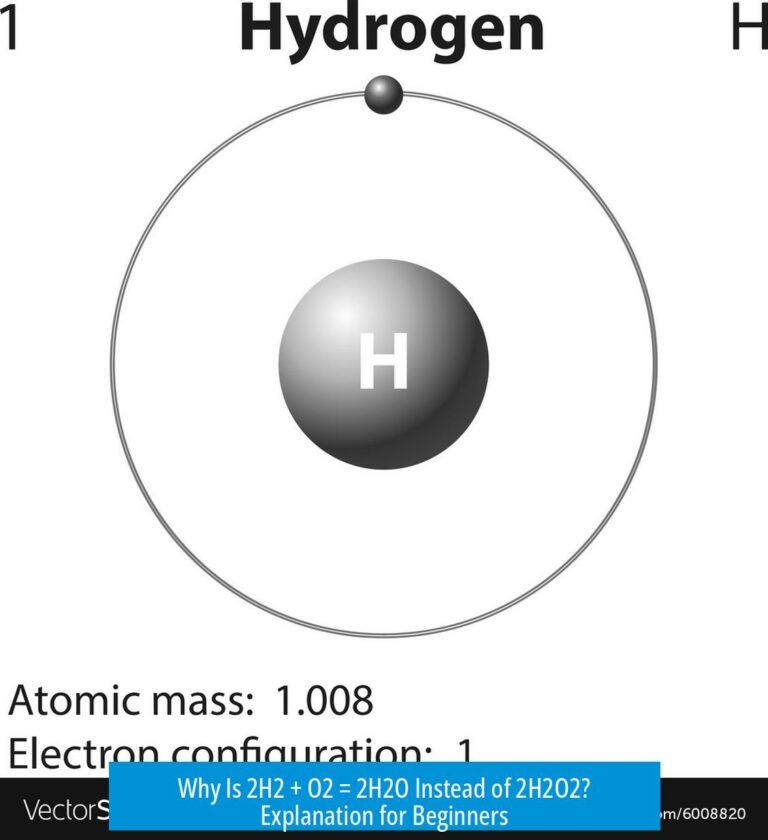Why is Benzene Carboxylic Acid Stronger than Ethanoic Acid?
Benzene carboxylic acid (benzoic acid) shows stronger acidity than ethanoic acid due to multiple factors: the hybridization of the adjacent carbon, electron-withdrawing effects, resonance stabilization of the conjugate base, and improved solvation. These features combine to make the benzoate ion more stable than the ethanoate ion, facilitating easier proton loss and resulting in greater acid strength.
1. Hybridization and Electronegativity of the Adjacent Carbon
The carbon atom directly bonded to the carboxyl group varies between these acids. In benzoic acid, this carbon is part of a benzene ring and therefore sp2 hybridized. In ethanoic acid, it is an sp3 hybridized methyl carbon.
sp2 carbons have higher electronegativity than sp3 carbons. This means the benzene ring pulls electron density towards itself more effectively than a simple alkyl group. This electron withdrawal reduces electron density around the acidic proton in benzoic acid, making proton release easier.
- sp2 carbons have 33% s-character, more electronegative
- sp3 carbons have 25% s-character, less electronegative
This difference affects conjugate base stability. The benzoate ion experiences a stronger electron-withdrawing effect due to the adjacent sp2 carbon. In contrast, the ethanoate ion adjacent to an sp3 carbon has less electron withdrawal, lowering stability.
2. Electron-Withdrawing Effects Increase Acid Strength
The strength of an acid often correlates with how well its substituents withdraw electrons. Electron-withdrawing groups stabilize the negative charge formed on the conjugate base after losing a proton.
Consider progressively fluorinated acetic acids as analogs:
- Ethanoic acid: methyl group is weakly electron donating
- 2-fluoroethanoic acid: one electronegative fluorine increases acidity
- 2,2-difluoroethanoic acid: increased fluorines further boost acidity
- 2,2,2-trifluoroethanoic acid: multiple fluorines greatly enhance acidity
By analogy, the benzene ring acts similarly to fluorines. The sp2 carbons withdraw electrons more than sp3 carbons in the methyl group. This stronger withdrawal pulls electron density away from the carboxyl proton in benzoic acid, increasing its acidity relative to ethanoic acid.
3. Resonance Stabilization of the Conjugate Base
The conjugate base’s ability to delocalize negative charge is critical. Depending on the molecule’s structure, negative charge can be shared over multiple atoms, stabilizing the anion.
In benzoic acid:
- The conjugate base is the benzoate ion.
- This ion has up to 6 resonance structures.
- Resonance spreads the negative charge over the aromatic ring and the carboxylate oxygens.
In ethanoic acid:
- The conjugate base is the ethanoate ion.
- Only 3 resonance structures exist.
- The negative charge is confined mostly to the carboxylate group.
The extra resonance forms possible in benzoate increase the stability of the conjugate base significantly. More resonance means better charge delocalization and stronger acid behavior in benzoic acid.
4. Role of Solvation and Molecular Geometry
Molecular shape affects how the conjugate base interacts with solvent molecules, which impacts stability.
- Benzoate ion has a planar aromatic ring adjacent to the carboxylate group.
- This planarity may improve solvation by water or other polar solvents.
- Better solvation stabilizes the conjugate base by surrounding and dispersing the negative charge.
- Ethanoate ion, being attached to a flexible alkyl chain, lacks this planar structure.
- As a result, ethanoate may experience weaker solvation effects.
Solvation enhancement in benzoate contributes further to the increased acidity of benzoic acid.
5. Comparison with Other Related Acids: Phenol vs Ethanol
The influence of resonance and hybridization is observable beyond carboxylic acids. For example:
- Phenol is significantly more acidic than ethanol.
- Phenol’s conjugate base (phenolate ion) benefits from resonance involving the aromatic ring, spreading the negative charge.
- Ethanol’s conjugate base (ethoxide ion) lacks this resonance stability.
- This analogy highlights how aromaticity and resonance impact acidity.
It reinforces why benzoic acid, with its aromatic ring, is stronger than ethanoic acid, whose alkyl group cannot stabilize its conjugate base similarly.
Summary Table: Factors Affecting Acid Strength
| Factor | Benzene Carboxylic Acid (Benzoic Acid) | Ethanoic Acid (Acetic Acid) |
|---|---|---|
| Adjacent Carbon Hybridization | sp2 (benzene ring), higher electronegativity | sp3 (methyl group), lower electronegativity |
| Electron-Withdrawing Effect | Strong, due to conjugated aromatic system | Weak, alkyl group is electron donating |
| Number of Resonance Structures of Conjugate Base | 6, extensive charge delocalization | 3, limited delocalization |
| Solvation and Geometry | Planar aromatic ring aids solvation | Flexible alkyl chain limits solvation |
| Conjugate Base Stability | Higher stability; easier formation | Lower stability |
| Resulting Acid Strength | Stronger acid, more readily deprotonates | Weaker acid |
Key Takeaways
- The sp2 hybridized carbon in benzoic acid is more electronegative than the sp3 carbon in ethanoic acid, enhancing electron withdrawal.
- Increased electron-withdrawing character stabilizes the conjugate base by reducing electron density near the carboxyl proton.
- Benzoate ion enjoys six resonance structures, delocalizing negative charge better than ethanoate’s three.
- Planarity and aromaticity in benzoate improve solvation, further stabilizing the conjugate base.
- Combined, these factors result in benzoic acid being a stronger acid than ethanoic acid.





Leave a Comment